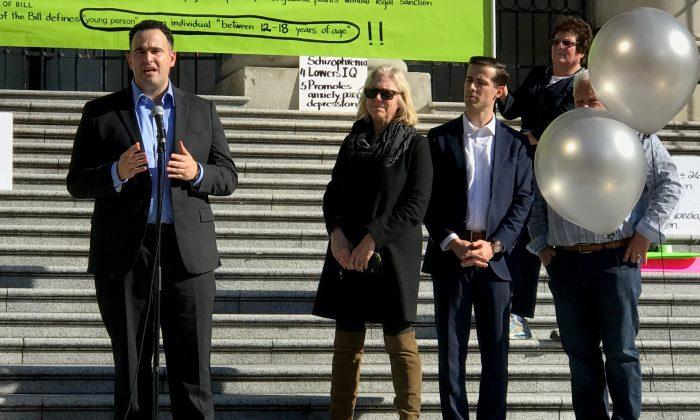Nineteen years ago, ex-general Hugo Chavez came into power in Venezuela, vowing that a “Bolivarian revolution” based on communist principles would improve the lives of the people.
Today, millions of Venezuelans are fleeing their homes looking for food, medicine, or employment in neighbouring countries. Inflation is out of control.
In a country with perhaps the largest oil reserves on the planet, hospitals lack basic medication, supplies of water and power are unreliable, violent crime is rampant, and child malnutrition is at an all-time high.
The government, now led by former bus driver Nicolas Maduro, continues to jail its critics and has vowed to cling to its Marxist-Leninist methods.
Most everyone else seems prepared to write off the latest radical socialist experiment as a dismal failure.
Has the grim result in Venezuela discouraged left-wing believers?
The Paris Commune of 1871, the first crack at what Karl Marx called “the dictatorship of the proletariat,” was too short-lived to be of real help in our analysis, but it did manage to give us some hints of what the Marxist future would produce: attacks on religion, press censorship, and the shooting of hostages.
The Bolshevik Revolution of 1917, which overthrew the fledgling democracy that had toppled the czarist regime, produced out of the ruins of the Russian Empire a new state called the Union of Soviet Socialist Republics. It endured for almost 70 years.
Among its highlights were the destruction of the middle class and prosperous peasantry, the inability to feed its population, vast police repression and the imprisonment of millions of enemies of the revolution, periodic bloody purges of party leadership, the use of slave labour in the construction of canals and heavy industry, and bouts of deliberate mass starvation that necessitated signage reminding the population that “Eating Your Children is an Act of Barbarism.”
A very conservative estimate of its victims is 20 million people dead.
When the Soviet Union began to implode in 1989, the citizens of surrounding states on which it had imposed its version of socialism were so happy with their experience with Marxism that they at once rid themselves of their communist governments and started more democratic experiments.
The U.S.S.R. had believed that its example would inspire similar revolutions around the world and, indeed, “red republics” popped up in Germany, Hungary, and Spain. But these were soon crushed by the forces of opposition they had engendered.
More successful was the export of Marxism-Leninism to Asia, where communist regimes would take power in China, North Korea, Vietnam, Cambodia, and Laos.
Having had over a century of communist theory and practice to consider in the construction of their real versions of communism, Asian revolutionaries proved that they had learned nothing of value from their European teachers—unless you count more brutal ways of oppressing their people.
The Maoist government in China slaughtered or starved to death 60 million in the Anti-Bandit and Landlord Campaign, the Great Leap Forward, and the Cultural Revolution.
The Khmer Rouge in Cambodia thought cities and literacy were the causes of underdevelopment and so drove the population out of urban areas into the jungle Killing Fields.
North Korea became a land of prison camps, thought control, and malnutrition.
The Vietnamese communist revolution produced a wave of more than a million refugees termed “boat people” and re-education prisons so bad that the inmates of one produced a petition to the International Committee of the Red Cross asking for cyanide tablets with which to kill themselves.
African experiments with radical socialism were equally unsuccessful. In formerly colonized territories, attempts at instituting the real communism ended up with identically horrible results: political repression, civil war, food shortages that often amounted to famine, and socio-economic failure.
Compare the African nations in the 1960s, which were then the gross domestic product equals of Singapore and South Korea. They chose the collectivist path and are now light years behind the social development of countries that adopted market economies.
And so back to Venezuela. The Chavez-Maduro governments took Cuba as their model, as did Nicaragua, Bolivia, and Ecuador. This “pink tide” has produced only failure in the long term.




